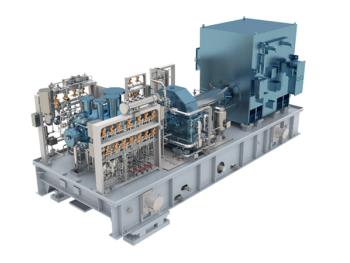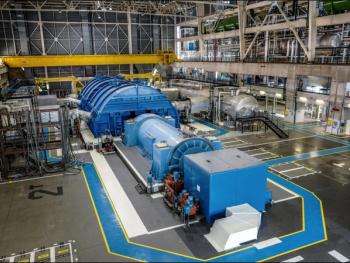
Duke Energy Outlines Carbon Plan for North Carolina, Proposes Integration of Renewable Energy
The gradual introduction of advanced nuclear power and hydrogen-capable natural gas will allow North Carolina to achieve carbon neutrality by 2050.
Duke Energy has filed The Carbon Plan Integrated Resource Plan (CPIRP) to transition to renewable energy that, in addition to company-specific growth, bolsters the existing 2022 carbon plan set forth by the North Carolina Utilities Commission (NCUC). North Carolina’s initial plan establishes a cost-effective route to meet the CO2 emissions reduction targets mentioned in House Bill 951—NC’s clean energy law.
Duke Energy’s updated proposal features the planned infrastructure necessary to support growth in the Carolinas and a transition away from coal plants. The CPIRP introduces plans for a nuclear plant at Belews Creek (Stokes County) and two hydrogen-capable natural gas plants at Roxboro (Person County) and Marshall (Catawba County). Increases for solar, energy storage, and wind surpass the guidelines set in the 2022 proposal, which satisfies the “all of the above” strategy supported by the NCUC.
"This plan delivers a path to cleaner energy without compromising grid reliability, affordability, or the energy demands of a growing region," said Kendal Bowman, Duke Energy's North Carolina President. "We project exponential growth, far beyond what has already made us the top state for business, so we've charted an ambitious road map for meeting that need while protecting reliability and affordability for our customers."
The new plan allows Duke Energy to fulfill its commitment to exit coal by 2035. "We've already made tremendous progress in the energy transition, retiring two-thirds of our aging coal plants in the Carolinas and reducing emissions by 46% since 2005," said Bowman. "Now we're proposing specific new generation at existing plant sites, leveraging our current infrastructure, transmission system, and workforce to save customers money while supporting job creation and tax base in these communities."
A plan has been offered based on a least-cost, least-risk portfolio, including:
- Solar – 6,000 MW by 2031
- Battery storage – 2,700 MW by 2031
- Hydrogen-capable natural gas – 5,800 MW by 2032, replacing coal plants at Roxboro and Marshall
- Wind – 1,200 MW onshore by 2033; preserve option of 1,600 MW offshore for 2033
- Pumped-storage hydro – 1,700 MW by 2034 at Bad Creek Hydro in Oconee County, S.C., serving both states
- Advanced nuclear – 600 MW by 2035, partially replacing coal plants at Belews Creek and one other undetermined site
A total of 1 MW of dispatchable generation—advanced nuclear or natural gas—is capable of powering 800 homes. One MW of solar or wind must be supported by 1 MW of another on-demand resource that operates independent of the weather.
Duke Energy will keep resource demand low through energy efficiency and demand response options, incentivizing customers to reduce overall energy usage and save money. These programs are projected to increase energy savings seven-fold over the next 15 years.
Newsletter
Power your knowledge with the latest in turbine technology, engineering advances, and energy solutions—subscribe to Turbomachinery International today.




